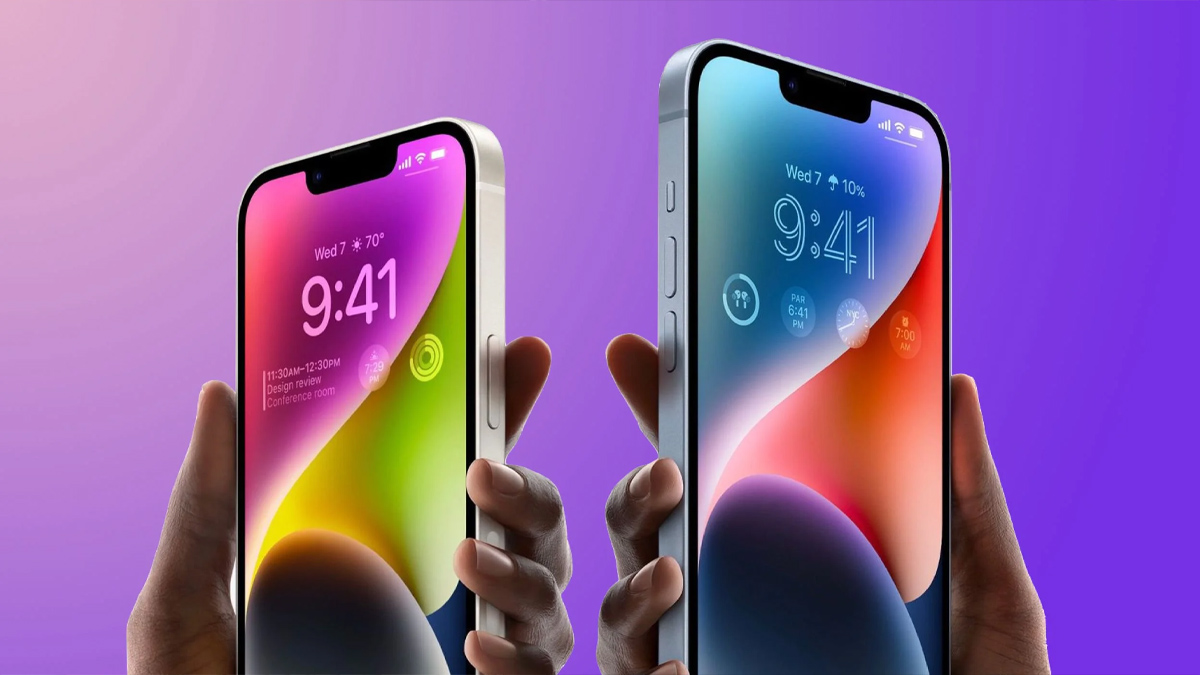
Eagerly Awaited Smartphone
Only one week after debuting on sale, Apple’s iPhone 14 Plus is already being blamed for delays in the release of this eagerly awaited smartphone, according to industry reports.
The iPhone 14 Plus was widely anticipated to be the most well-liked gadget in the lineup when it was unveiled on October 7, three weeks after the rest of the iPhone 14 range.
Many people, including myself, believed that it combined the growing popularity of large-screen phones with excellent battery life and, for the first time from Apple, a lower price. These hopes, however, seem to have been crushed.
Performance Between the Pro and Non-Pro iPhone Models
Sales of the iPhone 14 and iPhone 14 Plus are allegedly significantly overshadowed by customers’ “enthusiastic” reactions to the iPhone 14 Pro and iPhone 14 Pro Max, according to a paywalled story from DigiTimes. Despite disparities in sales performance between the Pro and non-Pro iPhone models this year, sources told DigiTimes that overall shipments of the iPhone 14 range will probably be similar to those of the iPhone 13 lineup in the second half of 2021.
Read More | How to Download Microsoft Teams Desktop and Mobile Apps
Read More | How to Develop a Website in 2022
According to reports, Apple may reduce orders for the components needed to produce the iPhone 14 and iPhone 14 Plus in the second half of October if sales of the handsets “stay flat” in the near future.
The total shipments of the iPhone 14 range by the end of the year may even decrease in comparison to the iPhone 13 series during the same period last year if Apple reduces orders more aggressively than anticipated. According to research, Apple anticipated producing 80 million new iPhones in the second half of 2022 instead of the anticipated 90 million due to “sluggish demand.”
Sales of the iPhone 14 and iPhone 14 Plus
The data is consistent with numerous other reports that claim sales of the iPhone 14 and iPhone 14 Plus have fallen short of Apple’s estimates. Apple analyst Ming-Chi Kuo stated shortly after the handsets’ releases that pre-order numbers for the two models were lower than those for the third-generation iPhone SE and the iPhone 13 mini, indicating “lacklustre” demand. He even went so far as to say that “Apple’s product segmentation strategy for standard models fails this year,” and it is thought that the company has abandoned plans to ramp up production of the two devices. According to display analyst Ross Young, panel orders for the iPhone 14 are down 38% from the iPhone 13 at the same time last year, and on the secondary market, the value of the iPhone 14 and iPhone 14 Plus is depreciating twice as quickly as that of the iPhone 13 mini and iPhone 13 from the previous year.
The iPhone 14 Pro and iPhone 14 Pro Max, on the other hand, apparently continue to be in high demand. Increased component shipments suggest that Apple has switched manufacturing away from the non-Pro versions in order to produce more iPhone 14 Pro and iPhone 14 Pro Max devices.



